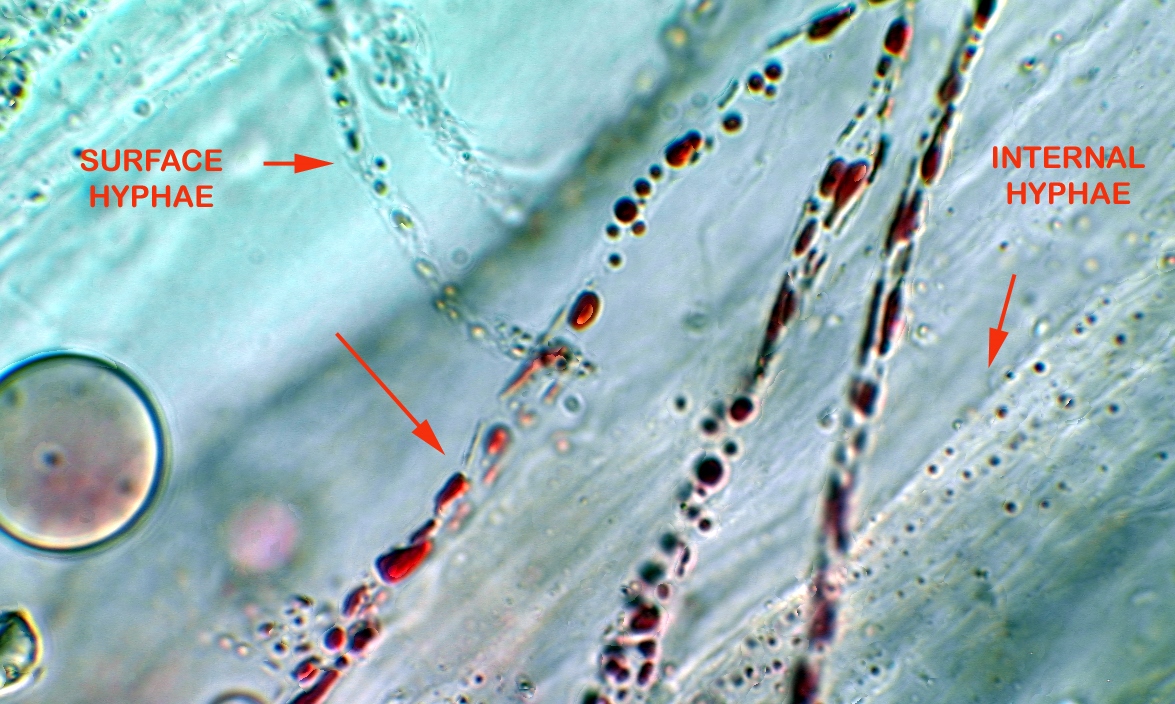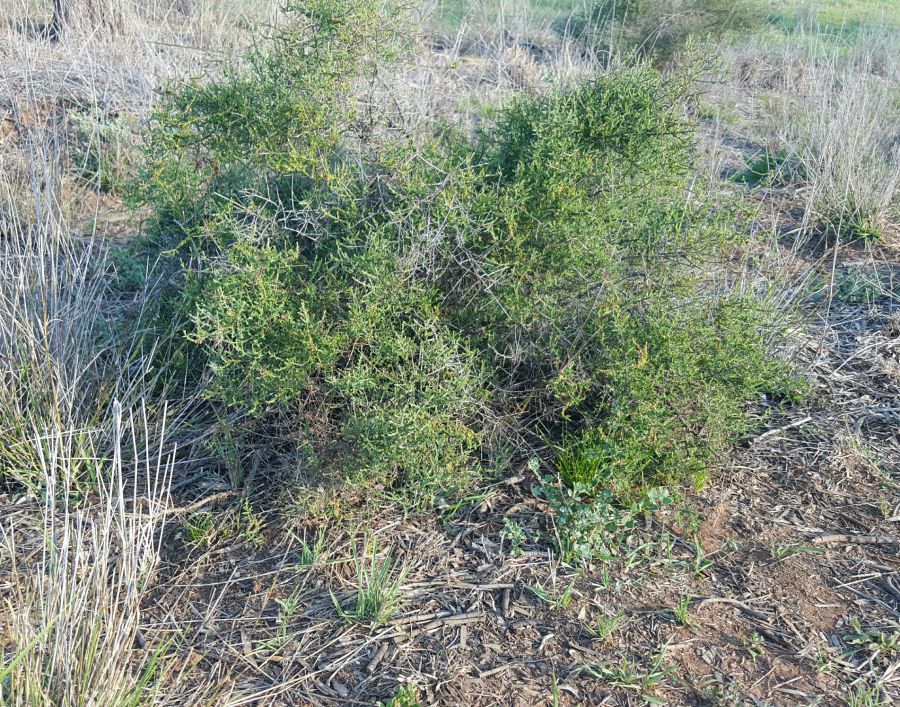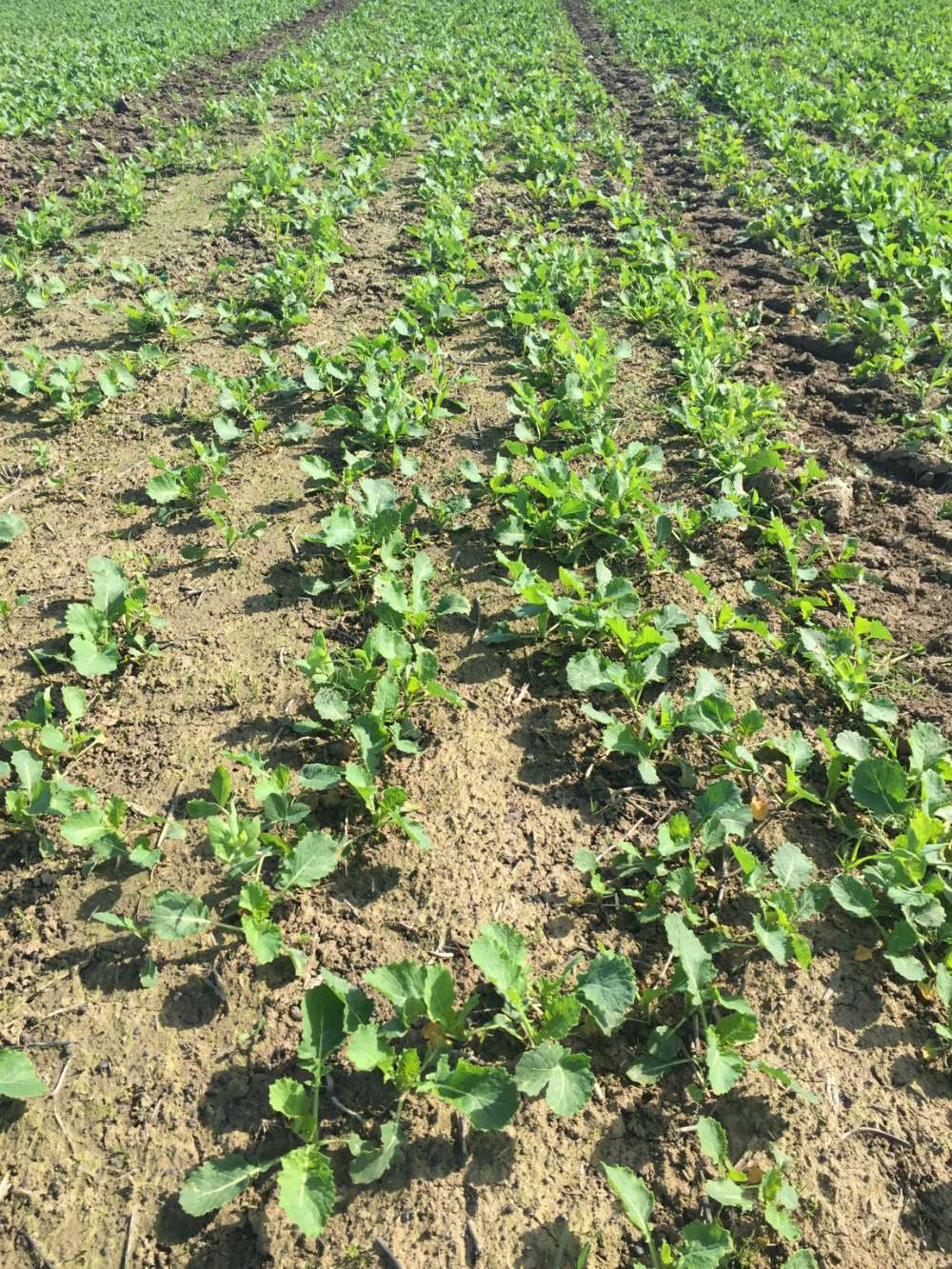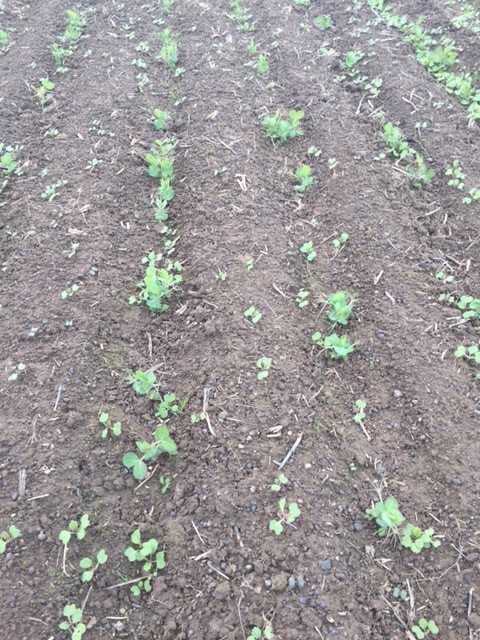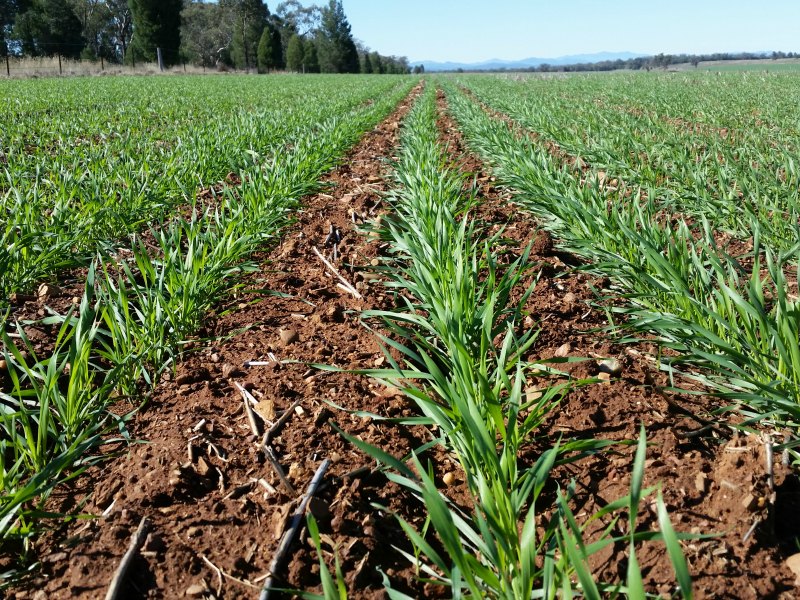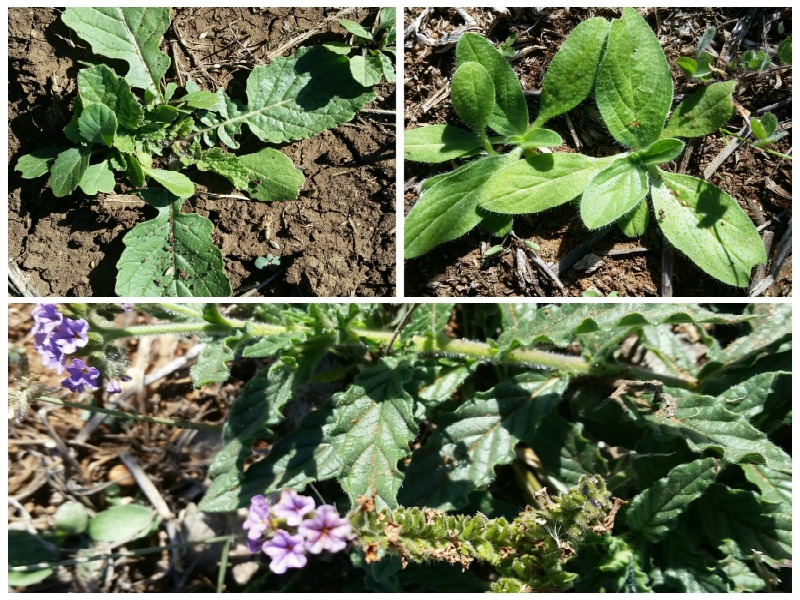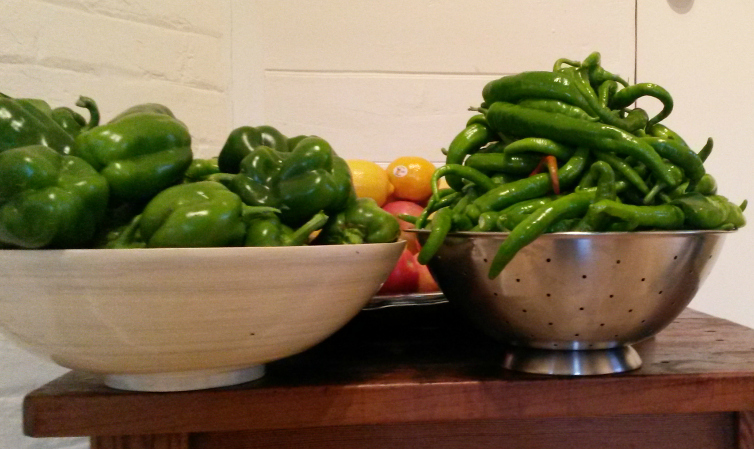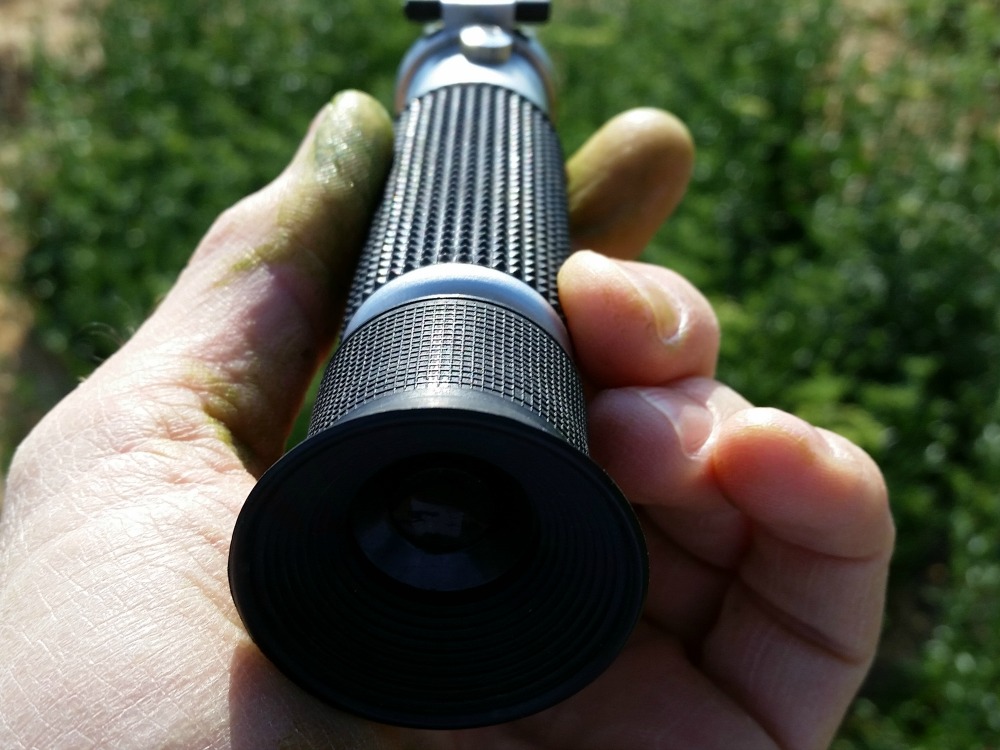What do you reply when you are asked what you do? Maybe that you produce corn, wheat, lamb, beef, wool or chickpeas?
Yes, we farmers ARE doing these things, but we are actually in the business of maximising the capture of light energy from the sun, for the production of chemical energy and sugars in the plant. With these sugars we want to maximise our food and fibre production, because this is our profitability. And, as regenerative farmers, we want to do this whilst increasing the quality of our asset base (soil, farm environment and our team).
So, the sugar levels in the plant are like a gauge of photosynthetic activity. They are also a gauge of the health of the plant; the higher the sugar levels – the healthier the plant. A determination of the plant’s sugar levels, (as well as other dissolved solids like minerals) is measured as Brix.
Measuring brix levels is a helpful thing to do because it is very quick to do and gives us clues as to the health of the plant and the subsequent likelihood of insect pest attack, frost susceptibility, possible plant growth limitations and more. If higher brix levels can have such benefits to us and our crops, then we also want to know how we can increase brix levels. Continue reading “PLANT HEALTH AND SUGAR LEVELS” »

